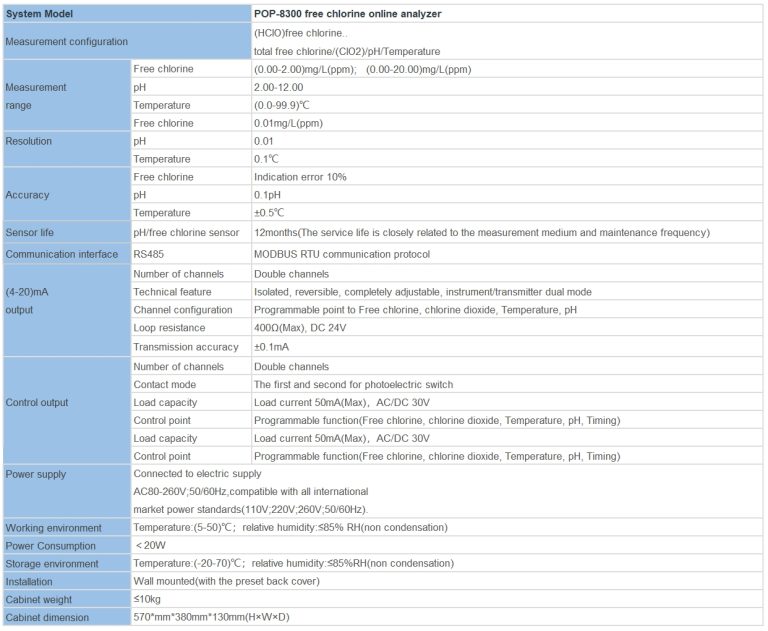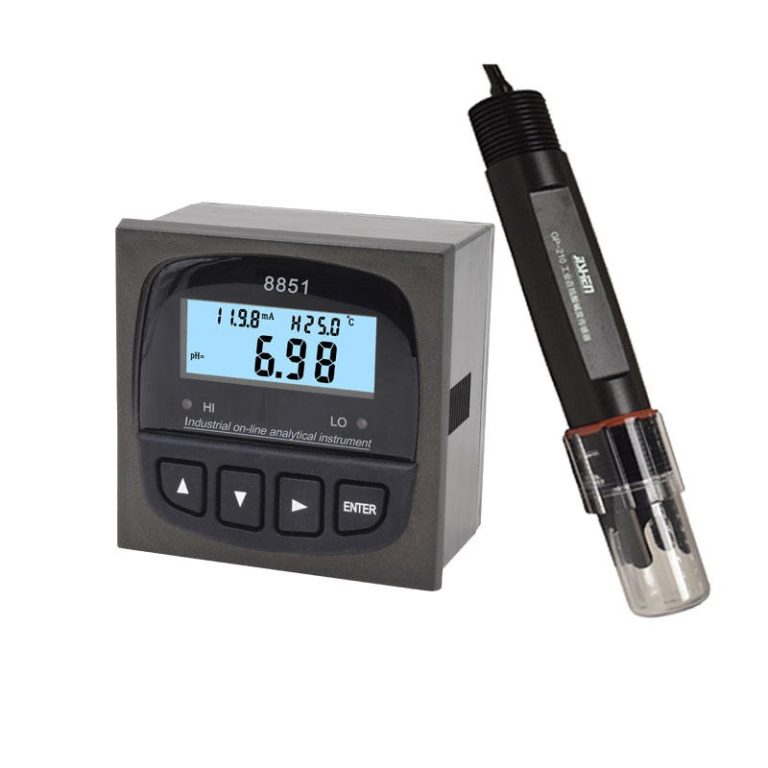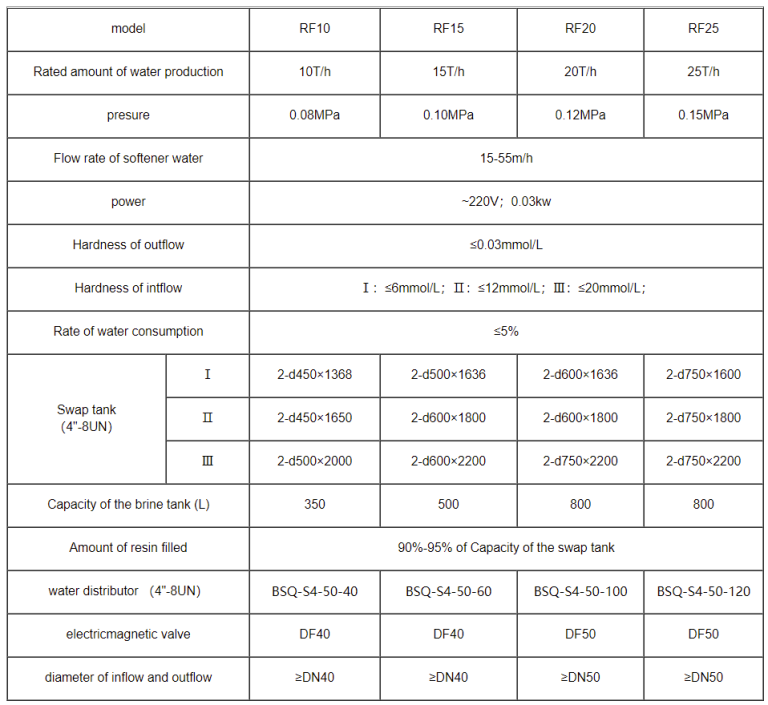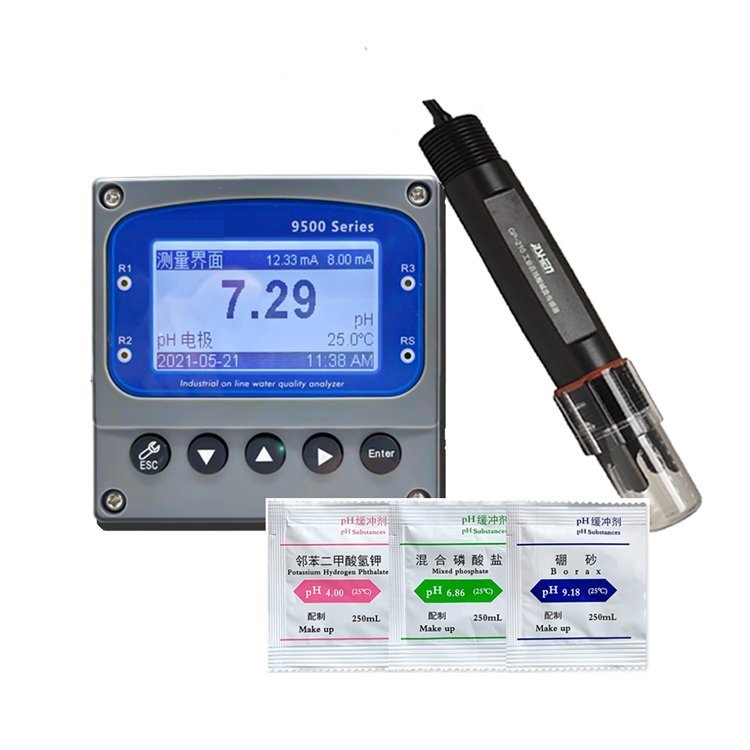Table of Contents
Importance of Conductivity in Water Quality Testing
Conductivity meters are essential tools in water quality testing, providing valuable information about the level of dissolved ions in a solution. These meters measure the ability of a solution to conduct an electric current, which is directly related to the concentration of ions present. Understanding how conductivity meters work is crucial for ensuring accurate and reliable water quality assessments.
At the heart of a conductivity meter is a pair of electrodes that are immersed in the solution being tested. When an electric current is applied to the electrodes, ions in the solution carry the current, allowing it to flow between the electrodes. The conductivity of the solution is determined by the number and mobility of ions present, as well as the distance between the electrodes.
One of the key factors that influence conductivity is the concentration of ions in the solution. Solutions with a higher concentration of ions will have a higher conductivity, as there are more charged particles available to carry the electric current. This is why conductivity meters are commonly used to measure the salinity of water, as salt ions are highly conductive.
Another important factor that affects conductivity is the mobility of ions in the solution. Ions with a higher charge or smaller size will move more easily through the solution, resulting in higher conductivity. This is why conductivity meters are also used to monitor the presence of contaminants in water, as certain pollutants can increase the conductivity of the solution.
The distance between the electrodes in a conductivity meter also plays a role in determining the conductivity of the solution. The closer the electrodes are to each other, the easier it is for the electric current to flow between them, resulting in higher conductivity readings. Conductivity meters are designed to account for this by using standardized electrode spacing to ensure consistent and accurate measurements.
In addition to measuring conductivity, some advanced conductivity meters also have the ability to measure temperature. Temperature can have a significant impact on conductivity, as it affects the mobility of ions in the solution. By compensating for changes in temperature, these meters can provide more precise and reliable conductivity readings.
| Model | RM-220s/ER-510 resistivity controller |
| Range | 0-20uS/cm; 0-18.25M\u03a9 |
| Accuracy | 2.0%(FS) |
| Temp. Comp. | Automatic temperature compensation based on 25\u2103 |
| Oper. Temp. | Normal 0\uff5e50\u2103; High temp 0\uff5e120\u2103 |
| Sensor | 0.01/0.02 cm-1 |
| Display | LCD Screen |
| Communication | ER-510:4-20mA output/RS485 |
| Output | ER-510:High/Low limit dual relay control |
| Power | AC 220V\u00b110% 50/60Hz or AC 110V\u00b110% 50/60Hz or DC24V/0.5A |
| Working Environment | Ambient temperature:0\uff5e50\u2103 |
| Relative humidity\u226485% | |
| Dimensions | 48\u00d796\u00d7100mm(H\u00d7W\u00d7L) |
| Hole Size | 45\u00d792mm(H\u00d7W) |
| Installation Mode | Embedded |
Overall, conductivity meters play a crucial role in water quality testing by providing valuable information about the level of dissolved ions in a solution. By understanding how conductivity meters work and the factors that influence conductivity, water quality professionals can make informed decisions about the safety and suitability of water for various applications.
In conclusion, conductivity meters are essential tools for monitoring and assessing water quality. By measuring the ability of a solution to conduct an electric current, these meters provide valuable insights into the concentration of ions present. Understanding how conductivity meters work and the factors that influence conductivity is key to ensuring accurate and reliable water quality assessments.
How Conductivity Meters Measure Ionic Concentration
Conductivity meters are widely used in various industries to measure the concentration of ions in a solution. But have you ever wondered how these devices actually work? In this article, we will explore the principles behind conductivity meters and why they are so effective in measuring ionic concentration.
At its core, a conductivity meter measures the ability of a solution to conduct electricity. This ability is directly related to the concentration of ions present in the solution. When ions are dissolved in a solution, they can carry an electric charge and allow the flow of electricity. The more ions present, the higher the conductivity of the solution.
Conductivity meters work by applying a small electric current to the solution and measuring the resulting voltage. The meter then calculates the conductivity of the solution based on the ratio of the applied current to the measured voltage. This conductivity value is directly proportional to the concentration of ions in the solution.
One of the key components of a conductivity meter is the electrodes. These electrodes are typically made of a conductive material, such as platinum or graphite, and are immersed in the solution being tested. When the electric current is applied, the ions in the solution interact with the electrodes, allowing the flow of electricity to be measured.
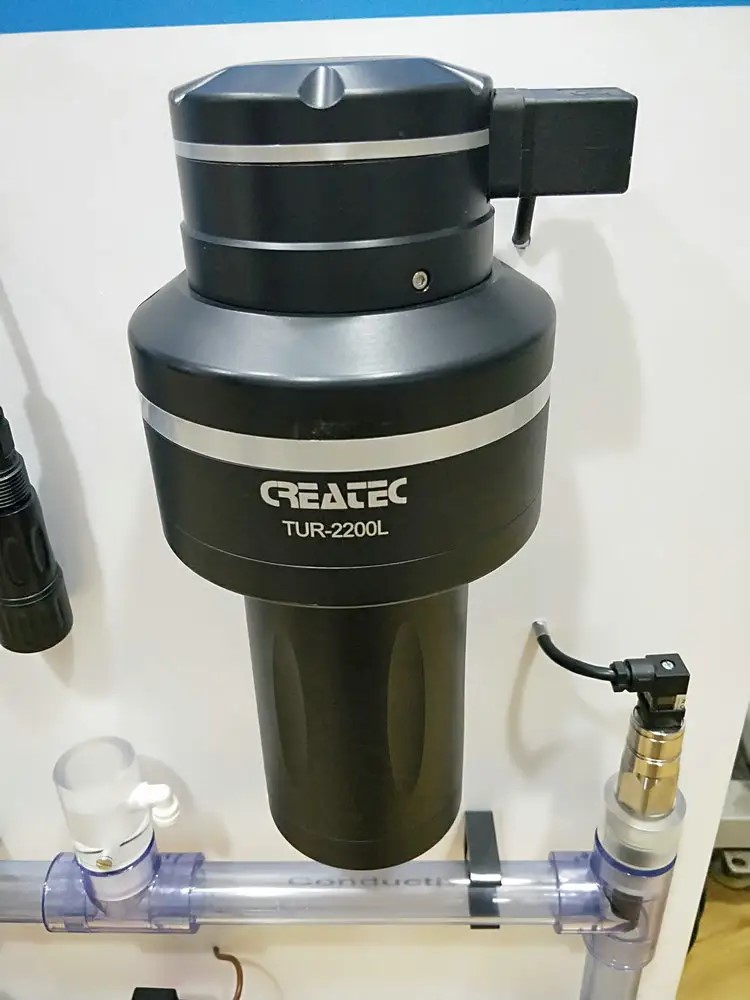
Another important factor in the operation of a conductivity meter is the temperature of the solution. Since the conductivity of a solution is affected by temperature, most conductivity meters are equipped with temperature compensation features to ensure accurate measurements. By accounting for changes in temperature, these meters can provide precise readings regardless of variations in environmental conditions.
In addition to measuring the concentration of ions in a solution, conductivity meters can also be used to monitor the purity of water. Since pure water has a very low conductivity due to the absence of ions, any increase in conductivity can indicate the presence of impurities or contaminants in the water. This makes conductivity meters a valuable tool for ensuring the quality of water in various applications, such as drinking water treatment and industrial processes.
Overall, conductivity meters are essential instruments for measuring ionic concentration in solutions. By utilizing the principles of electrical conductivity, these devices can provide accurate and reliable measurements of ion concentration, making them indispensable tools in a wide range of industries. Whether used for monitoring water quality or analyzing chemical processes, conductivity meters play a crucial role in ensuring the safety and efficiency of various processes.

